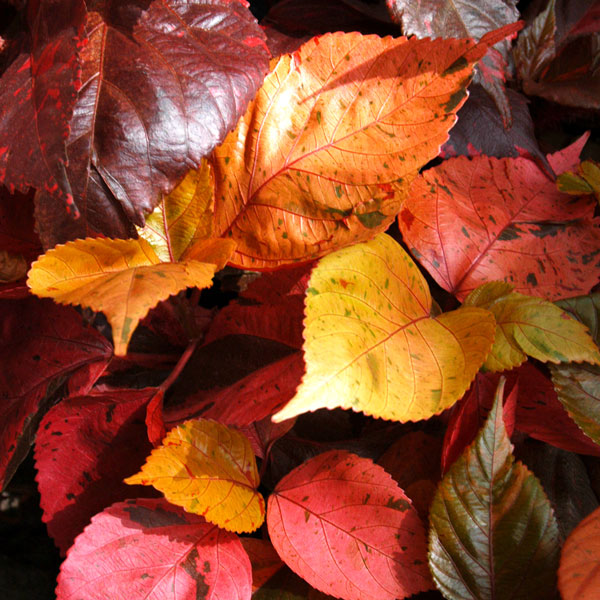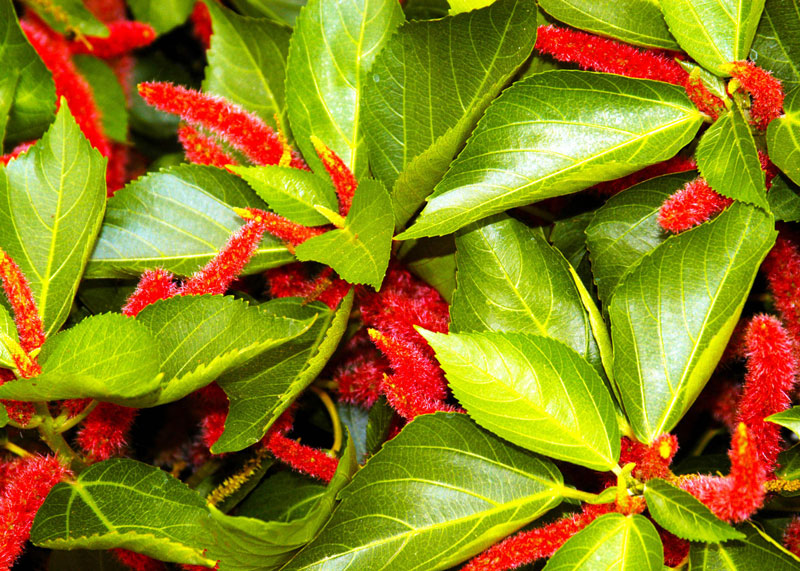Wish we saw it more often…
When I took the job as Dallas County Extension horticulturist in 1970, my office was on the top floor of the Records Building (across the street from the Texas School Book Depository). I had a weekly television program with Farm Director Murray Cox on WFAA Channel 8, and that caused me to walk past the old red castle downtown. (I later had an office in one of those “turrets,” but that’s not today’s story).

As I walked past that mystical old building my first week on the job I couldn’t help noticing a big bed of chenille plants. Knee-high and glorious. Dark green leaves were the perfect backdrop to the cherry-red, catkin-like flowers. I remembered back to my days at A&M. Prof deWerth had had that plant in the greenhouses, but that was the only place I’d ever seen it.
Then I met my Extension advisory committee, and one of the men was Phil Huey, director of horticulture for the Dallas Park Department and a proud A&M graduate. Phil had fallen in love with chenille plants as I had, and he had used it in beds across the city of Dallas.
And that’s about where the story ends. I can tell you more about chenille plants, but sadly, they never really caught on with home gardeners. You saw the little trailing redhot cattail cousins in hanging baskets for a while 10 or 20 years ago, but even interest in them has waned. I never cared for them as much as these upright types.

Most surprising of all, use of copper plants, one of our most dazzling summer bedding plants, has dropped like a rock. It used to be a mainstay as the backdrop in beds behind New Gold lantanas, vincas, and other popular summer bloomers, but now you rarely see it. Of all the acalyphas, though, it will come back.
So, back to today’s star…
Here’s what I’d like you to know about chenille plant in the event that you ever wanted to try it.
Scientific name: Acalypha hispida
Common name: Chenille plant, redhot cattail
Family: Euphorbiaceae
Native home: Melanesia or Malesia (according to N.C.S.U. website. I looked it up. That’s South Pacific and Southeast Asia. I kinda thought it might be.)

Hardiness Zone: 10-11 (sub-tropical), no freezing temperatures
Exposure: Full sun or limited shade mid-afternoon. Plants become lanky and do not bloom if grown in excessive shade.
Soil preference: Highly organic, consistently moist
Suitable for containers? Yes. 14-in. pot or larger
Mature height in beds: 2-3 ft. (keep growing tips pinched out to encourage branching, keep plants compact)
Leaf character: Dark green, 4-5 in. long, oval
Flowers: Individual flowers are small, but they are arranged in 6- to 8-in. pendulous cherry-red catkins
Propagated: Cuttings
Availability: Occasionally (rarely) seen as a potted florist crop. Infrequently in nurseries. It is listed online from Etsy and eBay, but know your seller and check their feedback. When buying online start with one plant this year to see if you’re as happy with chenille plants as Phil Huey and I were.
